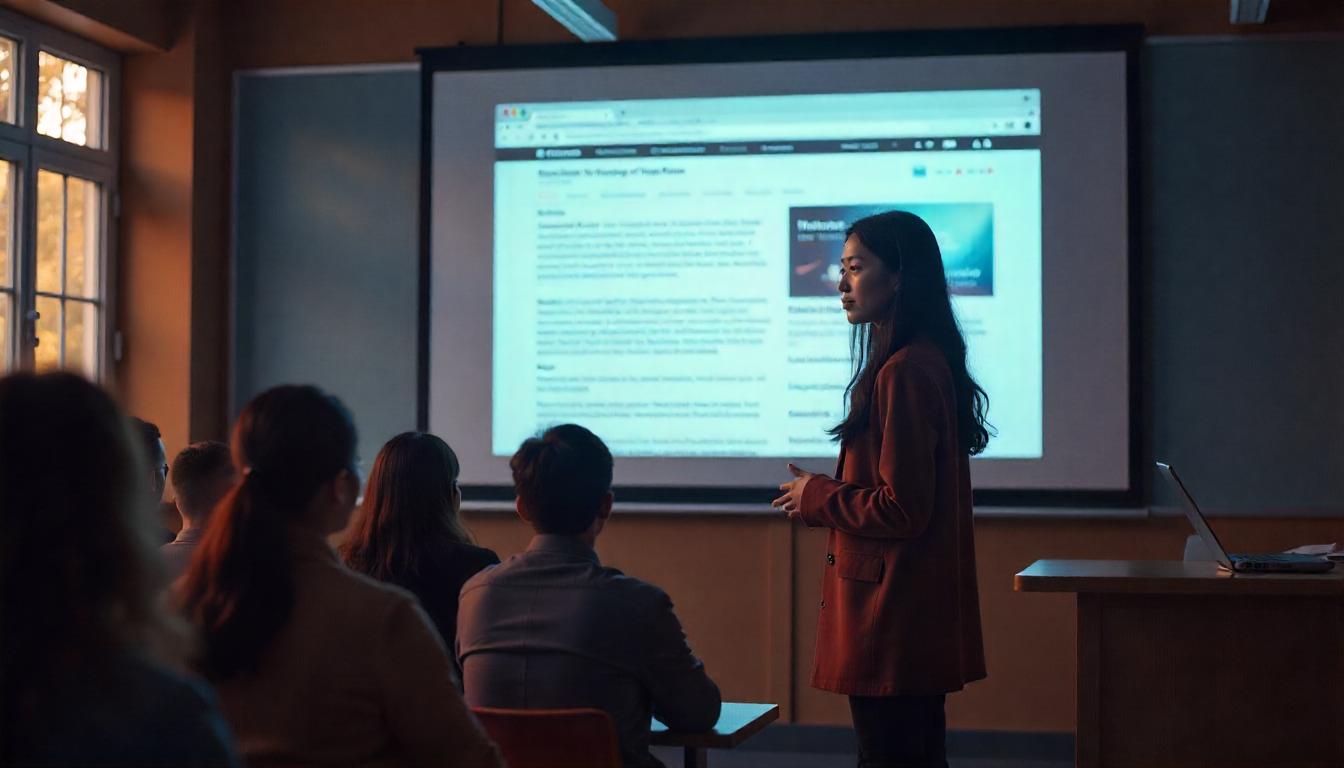In the early, flickering years of the internet, before the algorithmic tide of social media, a quieter, more deliberate kind of curation took place. It was a time when the web was less a stream and more a constellation—each site a node, discovered not by chance but by intent. Among these constellations existed digital sanctuaries for artists operating beyond the scope of galleries and institutional recognition. Web directories—carefully organized, manually maintained, and unapologetically niche—offered avant-garde artists a rare platform of visibility. These directories were more than index pages. They were cultural scaffolds. And one name among them stands out like an early constellation: directory arcyart.
Long before Instagram filters blurred the line between amateur experimentation and art world validation, directory arcyart existed as a catalog of the overlooked. It was not a portfolio site, not a sales platform, not a place for followers and likes. Instead, it functioned more like an archival librarian, preserving the web presence of movements that existed outside traditional structures. It gave space to the raw, the politically confrontational, the surreal, and the uncategorizable—a digital gallery wall held together by hyperlinked ambition.
To understand the significance of these directories, we must revisit the aesthetics of the early 2000s web. Visual minimalism was not yet a rule; rather, sites wore their enthusiasm on their sleeves. There were flashing icons, background textures, low-resolution scans of zines, digital collages, JavaScript animations that glitched like the artwork they presented. Directories like arcyart didn’t just collect links—they collected contexts. Submissions weren’t dictated by an algorithm’s favor; they were reviewed, categorized, and often accompanied by curatorial notes, artist bios, and movement manifestos. The user’s journey was not infinite scroll, but deliberate exploration.
This deliberate structure mirrored the ethos of avant-garde art itself: a defiance of mainstream narrative, a reverence for process over popularity. Web directories didn’t just host links to underground art; they validated them. They placed these works in dialogue with one another—South African protest murals beside glitch art from Eastern Europe, feminist webzines next to net.art experiments. They allowed global movements to co-exist in digital space in a way physical galleries never could.
Directory arcyart, for example, offered one of the most geographically inclusive snapshots of emerging and outsider art during its time. Long before institutions began discussing “global south” representation, arcyart was archiving works from Africa, Asia, and Latin America. It digitized the ephemera—posters, scans of sketchbooks, art-school manifestos—that would have otherwise been lost to local decay or obscurity. In doing so, it unwittingly became one of the early preservers of transient movements in a digital form.
But the golden age of web directories was not to last.
As social media platforms like MySpace, then Facebook, and later Instagram surged into cultural prominence, the structure of discovery shifted. Algorithms replaced curated categories. The digital avant-garde, once nurtured in obscure folders and archived HTML, had to compete with the immediacy of viral visibility. The subtlety of a performance art piece in a browser window lost out to the easily digestible formats of scrolling feeds. Engagement became quantifiable, and so did value.
In this transition, something was lost—not just the obscure art, but the very method of experiencing art online. Where directories encouraged deep dives and contextual reflection, social media favored instant reaction and aesthetic superficiality. Where once a viewer might have clicked through an artist’s manifesto, now a swipe suffices.
Today, a few legacy projects like Rhizome still archive early digital art. But the charm and cultural significance of projects like directory arcyart—with their clunky interfaces and deeply human curatorial labor—are mostly forgotten. They represent a version of the internet that was collaborative, odd, and full of room for the obscure. They are fossils of a more democratic digital art ecology.
To revisit these directories is to revisit a mindset. One where art didn’t have to be optimized for screens or search engines, where work could exist purely in its own space, collected alongside like-minded misfits. It is a reminder that before algorithms, there were archivists. Before trends, there were tag categories. Before content, there was art.
And before it all, there were places like directory arcyart, holding the underground together with the glue of curiosity, care, and code.


